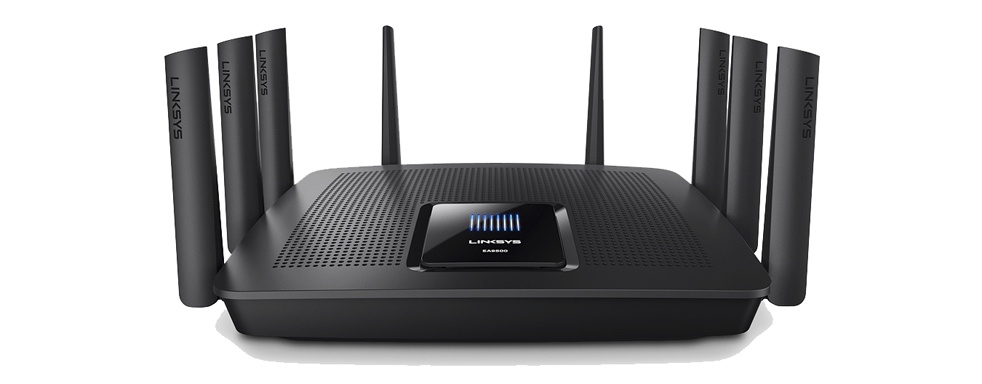Tanaza currently supports a wide range of access points, both for indoor and outdoor deployments.
Here is a list of particularly hard to find INDOOR ACCESS POINTS and their potential substitutes based on similar technical specifications: (more…)
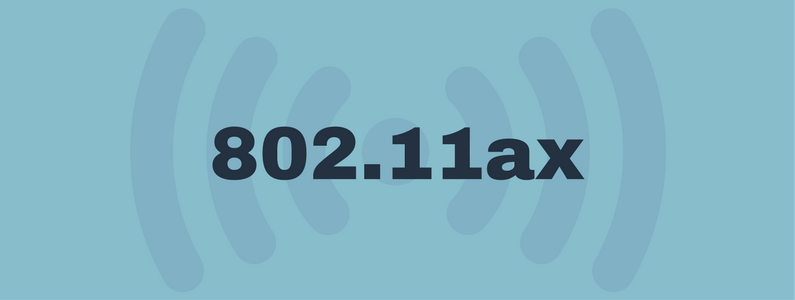
Are you dreaming of being provided with super-fast Wi-Fi anytime and continuous network connectivity, without worrying about network congestion from devices’ overlaps?
Nowadays, users are using more and more devices while being online, which means Wi-Fi networks and devices need enhanced performance to handle the increased amount of traffic produced. For this reason, the Institute of Electrical and Electronics Engineers (IEEE) is working on the new 802.11ax Wi-Fi standard, which in 2019 is expected to be publicly released replacing the actual 802.11ac.
In the meantime, Qualcomm, the chipset vendor specialized in 3G and next-generation mobile technologies have recently announced the development of IPQ8074 and QCA6290, two new system-on-chips (SoC) compatible with the new standard features, designed to improve the connected user experience. It will take a while to see 802.11ax Wi-Fi devices available on the market: Qualcomm’s IPQ8074 SoC-based Wi-Fi routers should be released by the end of the year, whereas the QCA6290 ones are expected to be out in 2018.
IPQ8074 will target transmitting routers, gateways and enterprise access points, and is expected to reach a peak speed of 4.8 Gbps across 5GHz and 2.4GHz bands. QCA6290 will be instead adopted for receiving Wi-Fi devices (smartphones, laptops, and tablets) and will reach a peak speed of 1.8 Gbps in clients’ wireless devices. Furthermore, the new 802.11ax standard will provide better signal coverage on both 5GHz and 2.4GHz bands, which will also improve connections’ range and responsiveness. Interestingly, QCA6290 is going to be the first-ever released client-side SoC. Fast speed is only one of the many benefits 80211ax will bring to Wi-Fi devices.
The new IEEE standard also aims at improving Wi-Fi networks’ capacity by limiting congestion on Wi-Fi networks, so that connections of high-traffic wireless deployments can work well even when thousands of devices are connected simultaneously, creating interferences. It is likely that vendors will start developing new product lines in order to base enhanced Wi-Fi devices on the new standard.
Are you interested in calculating your Wi-Fi networks’ capacity? Click here
Single-User Multiple-Input Multiple-Output (SU-MIMO) is the current technology compatible with the current 802.11ac standard, which allows routers to shift connections using multiple inputs and outputs in order to serve a single user at a time. Soon, it will be replaced by the Multiple-User Multiple-Input Multiple-Output (MU-MIMO), based on 802.11ax, which will be able to serve a higher number of users simultaneously.
The 802.11ax standard will use Orthogonal Frequency-Division Multiple Access (OFDMA), the technology currently used to enhance LTE networks’ capacity that allows low data rate transmission from several users at the same time. 802.11ax access points will be able to combine OFDMA with MU-MIMO, so that they will have full control of all aspects of multiple user operations and will be able to further increase the data transfer to multiple devices at the same time, by subdividing signals in the same channel bandwidth into smaller sub-channels.
By virtue of these capabilities, the new 80211ax Wi-Fi standard will boost Wi-Fi networks’ capability and performance.

https://www.classichotspot.com/blog/the-capacity-planner-tool-for-network-administrators/
https://www.classichotspot.com/blog/bitrate/
https://www.classichotspot.com/blog/things-you-should-be-aware-of-when-deploying-a-wi-fi-network/
The following are useful methods you can use to boost WiFi signal for better connectivity, wherever you are located:
1. Relocate the access point
2. Add an additional wireless access point to your network
3. Change the radio channel
4. Upgrade your device with antennas
The intensity of the Wi-Fi signal is one of the most important elements in a WLAN. In fact, if the signal of the Wi-Fi is too low, users might complain because they are in a blind spot, with no coverage. In this article, we will suggest easy ways to way to boost a Wi-Fi signal, improve coverage and avoid interference.
The place where your access point is located can have a significant impact on your Wi-Fi signal. The Wi-Fi electromagnetic waves bounce on the walls and lose intensity. Often, the ideal position for an access point is in the center of the room, with minimal physical obstructions around. It is important to take into consideration that the other electromagnetic devices like microwaves, TVs, phones, fridges, etc. can also create interferences with your access point.
Also, if your access point has external antennas, don’t forget to modify their direction. Although we usually put antennas in a vertical direction, engineers recommend that one be positioned in a horizontal direction and the other in a vertical direction, in order to enhance the propagation of the electromagnetic waves.
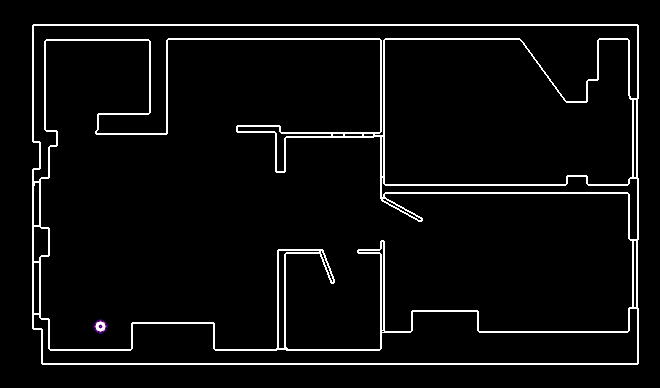  |
|
| Source: Macg.co |
The bigger the area to cover with your network, the more wireless access points needed to guarantee a ubiquitous signal.
To add an AP to your network, you will have to connect it through a cable to your router.
Take into consideration that every access point has different features. An AP must be chosen based on the type of environment in which the network is deployed. For example, an indoor access point should only be used inside a building and a desktop AP should be positioned on a table, while a ceiling mountable AP can be fixed on the wall.
If you want more information about Wi-Fi devices commonly used in public networks, you can check our infographic about the different models, brands, prices, indoor or outdoor usage and capacity of access points.
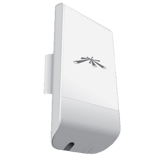  |
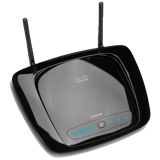  |
| Outdoor AP: Ubiquiti Nanostation loco M2 | Indoor AP: Linksys WRT160NL |
As you know, there are different Wi-Fi radio channels. If your neighbor’s APs use the same channel as yours, there may be interference that creates issues with Wi-Fi and its speed. If you change the radio channel, you can get better-working Wi-Fi. To maximize throughput and avoid interference, channels 1, 6, and 11 are the best choices because as they are spaced out far enough to avoid overlapping. For example, if your neighbor intensively uses channel 2, your best choice will be channel 11. If you are interested in the radio channel, have a look at those two articles:
Auto-channel selection to avoid interference
How to configure radio mode, channel and power level of an AP


Routers are in constant evolution and old wireless devices might not pick up radio signals as well as new wireless devices. For a better Wi-Fi experience, be sure to have an upgraded access point and selected it according to your needs. For example, access points have different types of antennas: the omnidirectional that spreads signal in every direction, the unidirectional that spreads signal in only one direction and the bi-directional that spreads signal in two opposite directions. Use an AP with omnidirectional antennas when it is positioned in the center of a room and choose the unidirectional AP when it is positioned in a corner.
https://www.classichotspot.com/blog/how-to-calculate-wi-fi-bandwidth-need/
https://www.classichotspot.com/blog/quick-guide-7-tips-on-how-to-position-your-router/


Security experts warn owners of specific models of Netgear routers to discontinue their use, as they are vulnerable to a simple hack.
Netgear recently reported that according to end users, various router models such as R7000, R6400, and R8000, are vulnerable to hackings, and other models such as R7000P, R7500, R7800, R8500 R9000 are already being affected by them. This Friday, a researcher reported that a critical bug in the hardware is allowing attackers to run commands from remote, as privileged users, so that they can access a user’s LAN and also change their network DNS settings.
Netgear has not issued a public fix yet but has reported the vulnerability in the R8000, R7000, and R6400 router models.
Hackers exploit firmware vulnerabilities on Ubiquiti Network devices
Tanaza currently supports a wide range of access points, both for indoor and outdoor deployments.
Here is a list of particularly hard to find INDOOR ACCESS POINTS and their potential substitutes based on similar technical specifications: (more…)
Tanaza currently supports a wide range of access points, both for indoor and outdoor deployments.
Here is a list of particularly hard to find OUTDOOR ACCESS POINTS and a list of alternative APs based on the same or similar technical specifications: (more…)
Max-stream AC5400 is a tri-band home office and entertainment Wi-Fi router providing a fast and secure internet connection for users.
